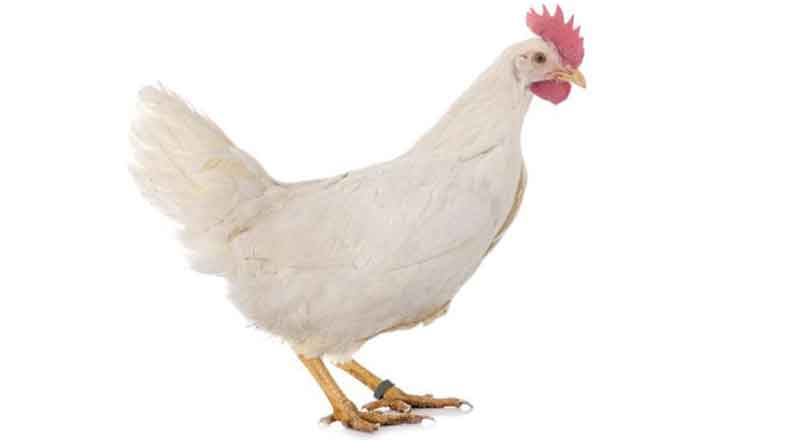Reynosa, Tam.-
Tal vez en diversas situaciones haya sentido la sensación de que se le pone la piel “chinita” o “de gallina”, pero ¿a qué se debe esto?
La piel de gallina es ocasionada porque el cuerpo humano reacciona por instinto ante las respuestas térmicas y por consecuencia, provoca esa textura.
Lo que produce este fenómeno es algo llamado piloerección: en cada folículo piloso, que es de donde crecen los vellos o pelos de la piel, se encuentra un músculo que tiene por nombre pilo erector, que cuando el cuerpo cree que es necesario como en situaciones de clima frio, este se contrae y provoca que el vello se leve y se vea como si este estuviera levantado.
En cuanto el músculo hace esta reacción, provoca una protuberancia alrededor de cada pelo y de aquí nace la “piel de gallina”.

Pero este sobrenombre cambia de lugar a lugar, los ingleses lo llaman goosebumps, que, en su traducción seria, bultos de ganso, los franceses chair de poule, que es casi igual como en México, carne de gallina y los italianos pelle d’oca, que es piel de oca.
Usualmente, esta reacción suele ocurrir cuando hay bajas temperaturas, o clima frio. El cuerpo actúa con estas pequeñas protuberancias, en las que se crea un espacio de aire que queda protegido entre los bultitos de donde sobresale el vello, y la superficie de la piel. Este mecanismo logra hacer una capa de aire caliente para no alterar la temperatura de nuestro cuerpo.
Han ocurrido ocasiones en las que no hace frío y no puede provocarnos escalofríos, al contrario, en altas temperaturas en temporada de calor, aún se experimenta este fenómeno. ¿A qué se debe?
Si bien, lo que provoca esta reacción es debido a un músculo denominado pilo erector, también entra en juego un mecanismo del cuerpo que provoca que se active. El hipotálamo es el responsable de esto, una glándula hormonal ubicada en el cerebro que controla todos los sistemas para que siga con vida.
Con un ruido desagradable, si toca alguna superficie o por excitación sexual, o si tiene miedo, también se produce este acto reflejo cuyo objetivo no siempre es crear esa capa de calor a su alrededor. (Con información de Alexa Altamirano)
………………
If you have ‘goosebumps’
Reynosa, Tam.-
Perhaps in various situations, you have felt the sensation that your skin is “chinny” or “goosebumps”, but what is this due to?
Goosebumps are caused because the human body instinctively reacts to thermal responses and consequently causes that texture.
What produces this phenomenon is something called piloerection: in each hair follicle, which is where the hairs or skin hairs grow from, there is a muscle called pilo erector, which when the body believes it is necessary, such as in situations cold weather, it contracts and causes the hair to lighten and look as if it were raised.
As soon as the muscle makes this reaction, it causes a bulge around each hair and from here the “goosebumps” are born.
But this nickname changes from place to place, the English call it goosebumps, which, in its serious translation, goosebumps, the French chair de poule, which is almost the same as in Mexico, chicken meat, and the Italians Pelle d’oca , which is goose skin.
Usually, this reaction occurs when there are low temperatures or cold weather. The body acts with these small bumps, in which air space is created that is protected between the bumps from which the hair protrudes and the surface of the skin. This mechanism manages to make a layer of hot air so as not to alter the temperature of our body.
There have been occasions when it is not cold and cannot cause us to shiver, on the contrary, in high temperatures in the hot season, this phenomenon is still experienced. For what is this?
Although what causes this reaction is a muscle called pilus erector, a mechanism in the body that causes it to activate also comes into play. The hypothalamus is responsible for this, a hormonal gland located in the brain that controls all the systems to keep you alive.
With an unpleasant noise, if you touch a surface or because of sexual arousal, or if you are afraid, this reflex action also occurs, the objective of which is not always to create that layer of heat around you. (With information of Alexa Altamirano)


